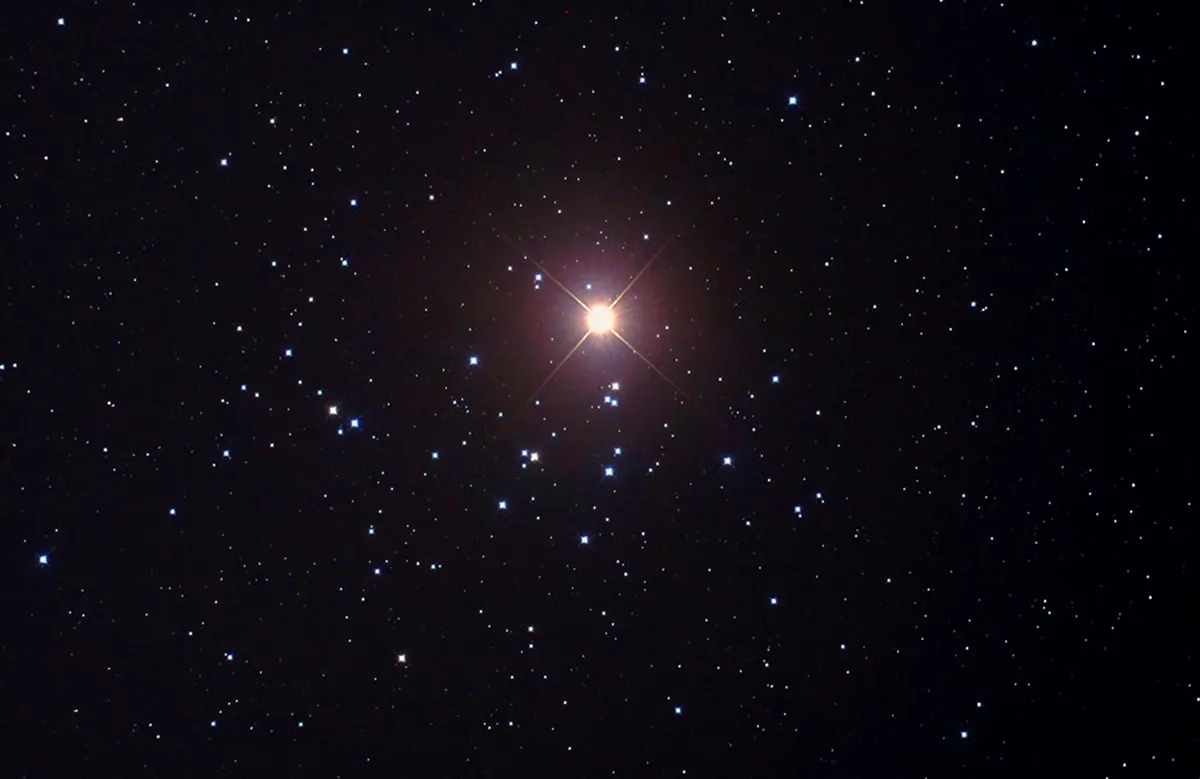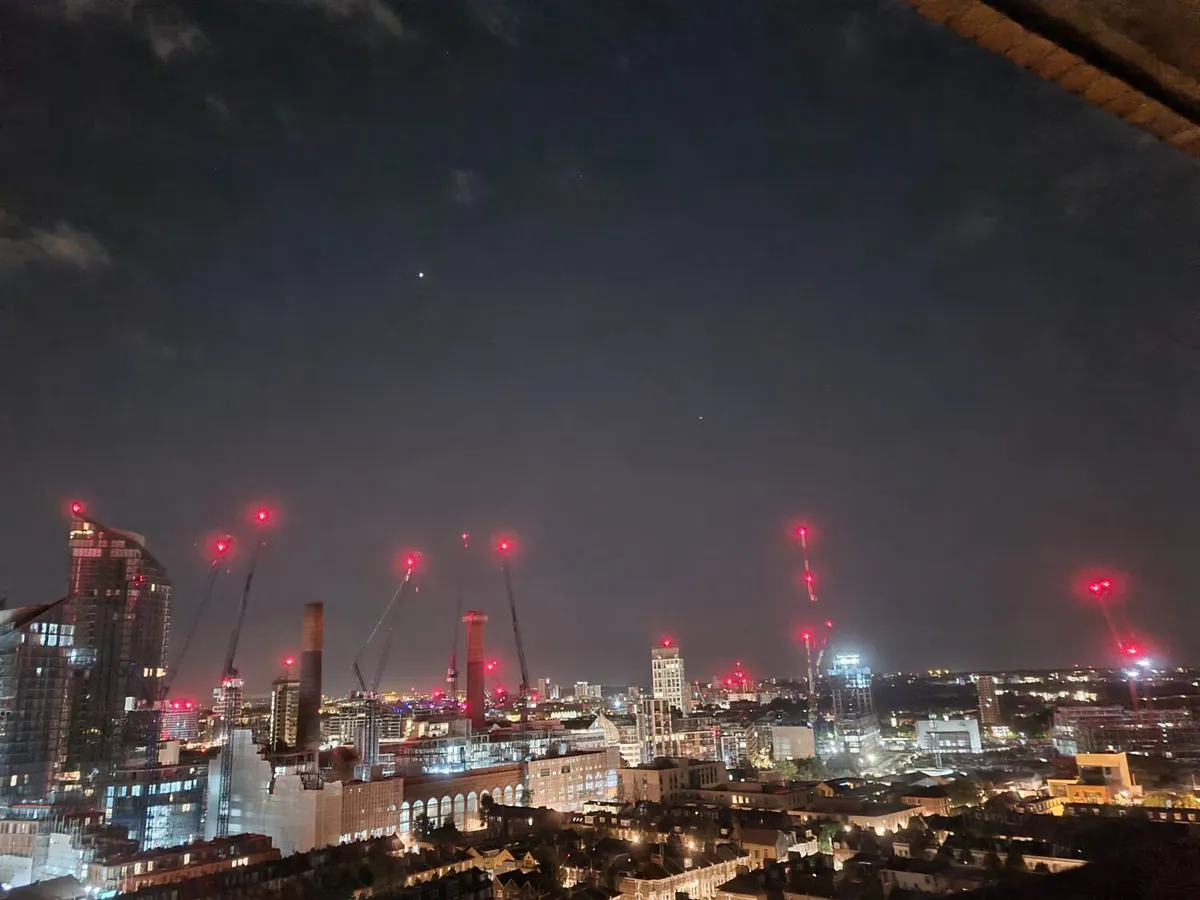Take the time to observe the planets over December and Christmas 2024 and you'll be in for a treat.
December and the run-up to Christmas is a great time to observe the night sky: it's dark, nights are long and the cold winter nights are a sign the festive period is on the way.
Stars, constellations and deep-sky objects appear cyclically in our night sky: they're reliably in the same location around the same time every year.

But not so, the planets.
Unlike the stars and constellations, the planets do not appear in the night sky at the same time every year.
So what planets can we expect to see in December and Christmas 2024?
Here's our run-down of what will be visible, and when.
For more info, read our guide on how to see the planets in December and our guide on how to find the planets in the night sky.
For regular stargazing advice throughout the year, sign up to receive the BBC Sky at Night Magazine e-newsletter or listen to our monthly Star Diary podcast.
Mercury

Mercury will be a wonderful morning object in December 2024 and visible from mid-December through to the end of the year.
Mercury really improves from 5 December 2024 onwards, reaching inferior conjunction on 6 December.
You'll see it rising in the southeast, and the situation gets better for observing Mercury as December rolls on and Christmas approaches.
By 23 December 2024, Mercury will be a bright 'morning star' shining at mag. –0.2 and rising nearly two hours before the Sun.
For more info, read our guide on how to observe Mercury.
Venus

Unlike Mercury, Venus will be an 'evening star' in December 2024, and probably the best naked-eye sight of all planets over Christmas.
As November 2024 begins, Venus sets 90 minutes after the Sun, and this increases to 3 hours by the end of November, when the planet will be shining at mag. –4.0.
Things improve throughout December 2024, Venus remaining in the sky four hours after sunset by the end of 2024.
This means you can expect Venus to be a bright 'Christmas star' in 2024, shining against a very dark, winter night sky.
Look for it low in the south-southwest after sunset.
And keep an eye out for an nights when Venus is near the Moon, which is one of the most beautiful naked-eye conjunctions you can see.
Observe Venus through a telescope in December 2024 and you'll see it in its gibbous phase: quite something to behold.
Mars

Mars keeps brightening as December approaches, and the Red Planet reaches opposition on 16 January 2025, meaning the Christmas period is a great time to observe it.
Watch out for a daytime lunar occultation of Mars on 18 December 2024, when the planet will disappear behind the Moon.
For more info, read our guide on how to observe Mars
Jupiter

Jupiter will be one of the best planets to observe in December 2024 and over the Christmas period, the gas giant king reaching opposition on 7 December.
You can see it in Taurus near the Hyades star cluster, which could make for a wonderful photo opportunity.
Jupiter will ride high across the sky over December and Christmas 2024, meaning we should get clear, crisp views of it.
Observe it through your telescope and you'll see its iconic atmospheric belts and zones, its Galilean Moons and the Earth-sized cyclone known as the Great Red Spot.
Find out more with our guide on how to observe Jupiter.
Saturn

Saturn reached opposition on 7 September 2024, but the ringed planet will still be high in the sky through December 2024 and observable into 2025.
There will be some wonderful Saturn Titan transits to observe through your telescope, as you'll get to see its largest Moon and shadow passing across the ring planet's disc.
Take a look at Saturn's rings through your telescope, too. The planet's ring system is currently becoming more angled towards us, meaning it will get harder to see from our perspective on Earth.
Saturn undergoes what's known as a ring-plane crossing on 23 March 2025, when the rings will seem to disappear from view, such will be their angle relative to Earth.
For more info, read our guide on how to observe Saturn.
Uranus

Have you ever seen Uranus through a telescope? The ice giants Uranus and Neptune are probably the least observed by amateur astronomers, and have a reputation among beginners as being dauntingly tricky.
December 2024 could be the time to observe Uranus, though, as it reaches opposition on 17 November and will be well-placed throughout Christmas and into 2025.
You can find it near the Pleiades open cluster, which rides high in the sky throughout December and January.
While Uranus is technically visible with the naked eye if you have good eyesight and are observing away from light pollution, you should be able to pick it out clearly with a small telescope.
Neptune

Neptune, the most distant Solar System planet from Earth, has a more daunting reputation than Uranus!
The ice giant reached opposition on 21 September 2024 and will be well-placed throughout December and Christmas 2024.
You'll see it south-southeast of the Circlet asterism in Pisces, and will need a decent telescope to be able to take in its blue hue.
See if you can spot Neptune's largest moon Triton orbiting the planet.
If you're observing or photographing the planets over Christmas 2024, share your images and experiences with us by emailing contactus@skyatnightmagazine.com
